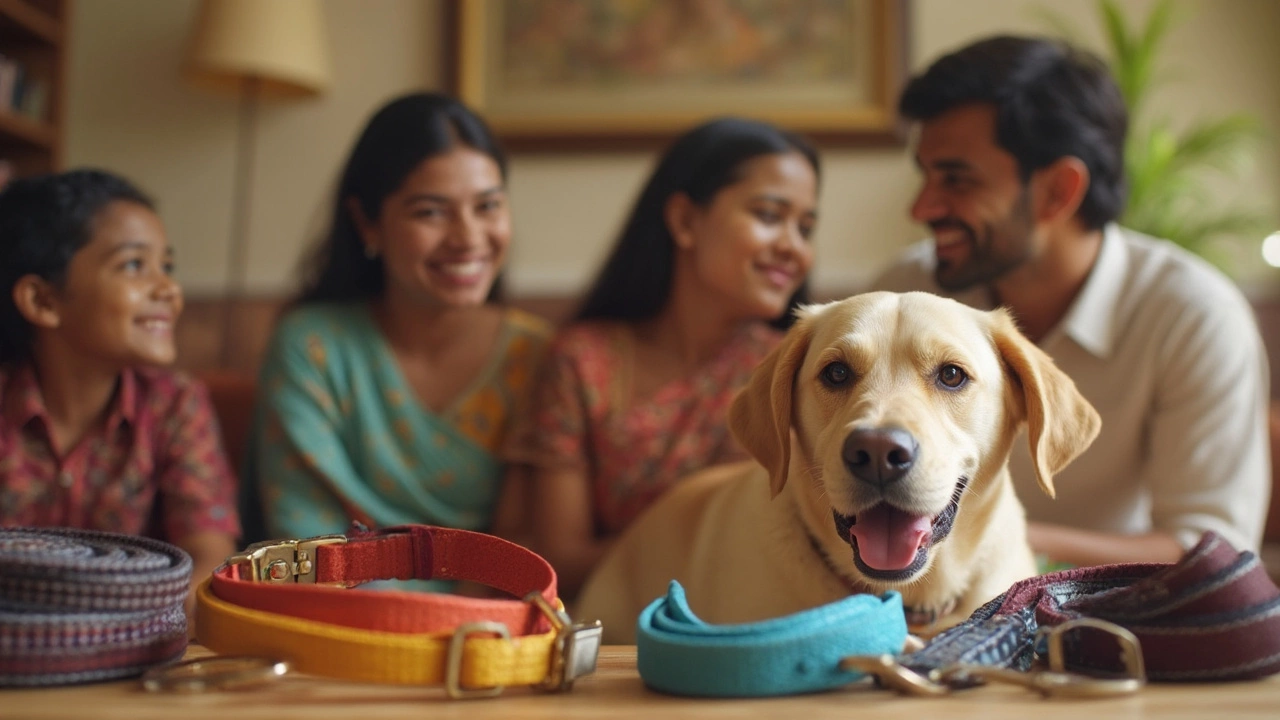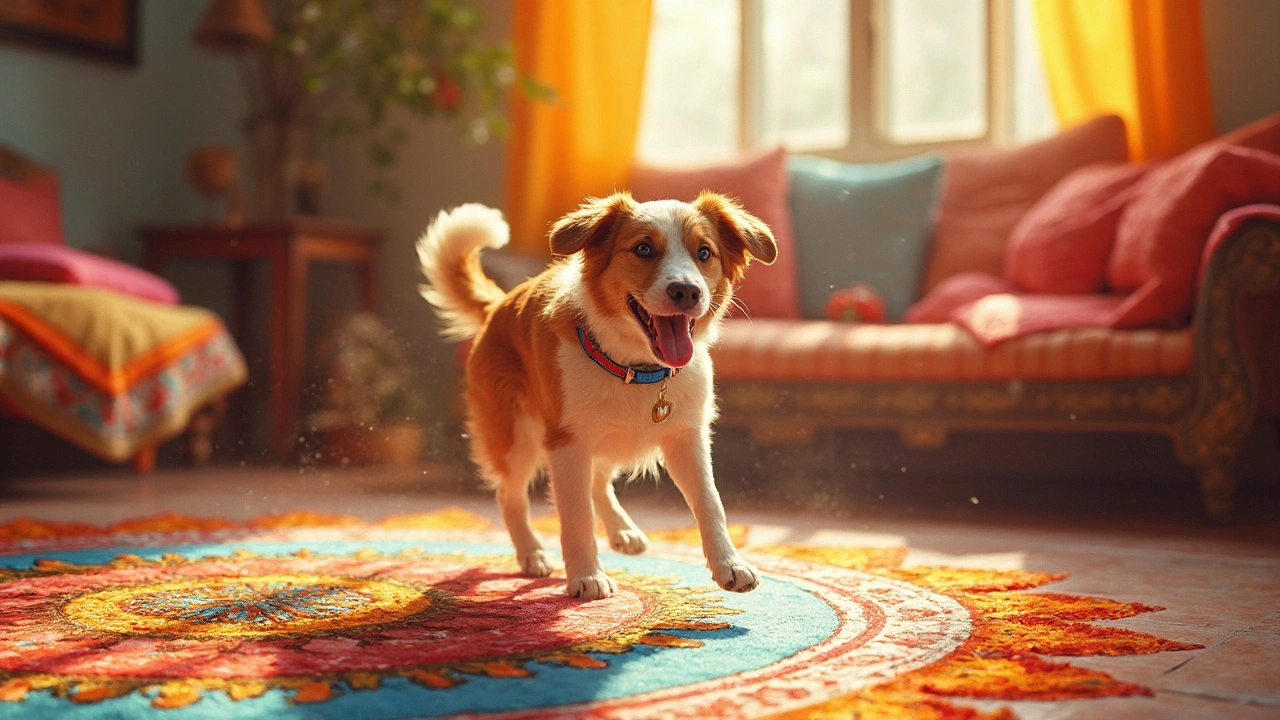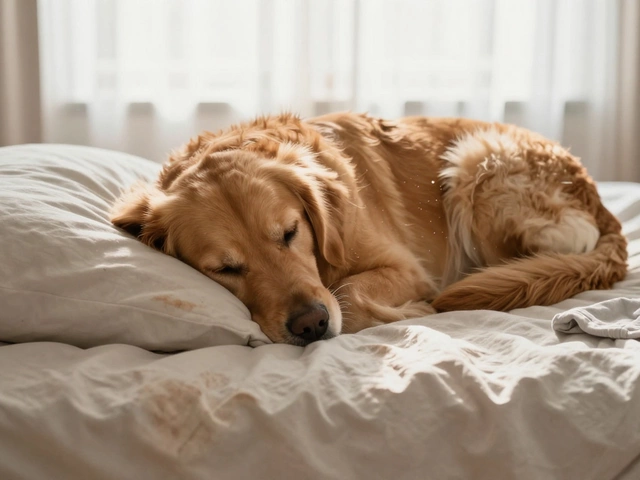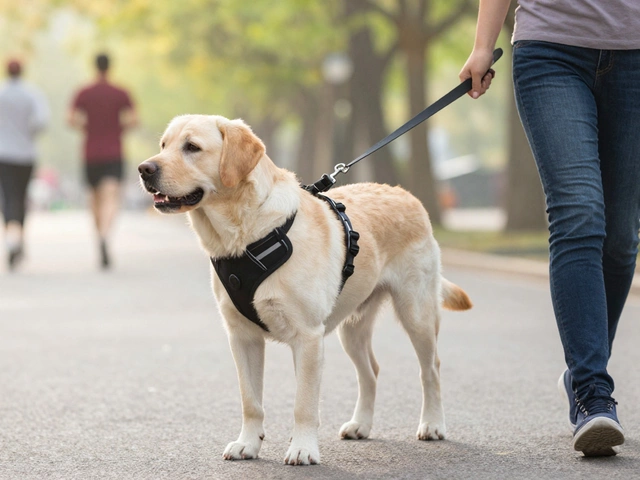Dog Care Essentials: Simple Steps to Keep Your Pup Happy and Healthy
Got a furry friend who deserves the best? Good dog care isn’t rocket science—it’s just a mix of daily habits, smart grooming, and a bit of training. Below you’ll find quick, no‑fluff advice that works for every dog, whether you’re a first‑time owner or a seasoned pet parent.
Everyday Care Basics
Start with the three C’s: food, water, and movement. Feed a balanced diet that matches your dog’s size, age, and activity level. Fresh water should be available at all times; change it daily to keep it clean. A 30‑minute walk or play session each day burns energy, strengthens joints, and gives your dog the mental break it craves.
Don’t forget regular vet check‑ups. A yearly exam catches dental issues, parasites, and early signs of illness. Keep vaccinations up to date and ask your vet about heartworm, flea, and tick prevention that fits your lifestyle.
Grooming Made Easy
Most owners wonder, "How often should I groom my dog?" The answer depends on coat type. Short‑haired breeds need a quick brush once a week to remove loose hair and distribute oils. Long‑haired or double‑coated dogs benefit from brushing 2‑3 times a week to prevent mats and reduce shedding.
Baths aren’t required every week—once a month is usually enough unless your dog gets especially dirty. Use a dog‑specific shampoo to avoid skin irritation. When it comes to nail trims, aim for every 3‑4 weeks; short nails keep paws comfortable and prevent joint strain.
If your dog gets anxious during grooming, try short sessions with treats, or use a calming aid like a snug harness. Over time they’ll associate the brush and clippers with positive rewards.
Training Tips That Stick
Training is the bridge between a happy dog and a well‑behaved companion. Start with basic commands—sit, stay, come—using short, consistent cue words and lots of praise. Keep sessions under five minutes; dogs retain information best when learning feels like a game.
Positive reinforcement beats punishment every time. Clicker training or a simple “good job” paired with a treat builds a clear cause‑and‑effect link. If you’re dealing with specific issues like pulling on the leash, try a front‑clip harness and reward loose‑lead walking.
Socialization is also key. Expose your pup to different people, sounds, and environments while they’re young. Short, positive outings to parks or pet‑friendly stores help them stay calm in new situations later on.
Health Hacks for a Long Life
Weight management keeps dogs out of trouble. Feel your dog’s ribs—if you can’t see them, they’re likely overweight. Adjust portions and increase activity if needed. Dental health matters too; brush teeth a few times a week with a dog‑safe toothbrush or give dental chews that actually clean.
Watch for subtle signs of illness: changes in appetite, energy level, or bathroom habits. Early detection saves money and pain. Keep a pet first‑aid kit handy—bandages, tweezers, and a copy of your vet’s contact info.
Lastly, mental enrichment can prevent boredom‑related problems. Puzzle toys, scent games, and short training drills keep the brain busy and the tail wagging.
Putting these simple steps into practice turns ordinary dog care into a routine that benefits both you and your pup. Keep things consistent, stay patient, and enjoy the extra snuggles that come with a well‑cared‑for dog.

Are Breakaway Collars Necessary for Dogs? What Every Owner Should Know
Breakaway collars are making waves in the dog world, but are they really necessary? This article breaks down how they work, where they're useful, and what risks they cover. You'll learn where regular collars fall short and get real-life tips on choosing the best option for your dog's lifestyle. Whether your dog is a couch potato or an escape artist, understanding when breakaway collars shine can help you keep your best friend safe. It's not a one-size-fits-all decision, so let's clear up the confusion.
read more
Why Dogs Should Go Collarless at Home
Leaving a collar on a dog at all times might seem harmless, but it can lead to unexpected issues. This article explores why it's better to let your furry friend go collarless, at least around the house. From potential health risks to everyday practicality, discover the reasons for giving your pup a break from their collar. Learn how simple changes can enhance your pet's comfort and safety. Plus, find out what alternatives might work better for you and your dog.
read more



